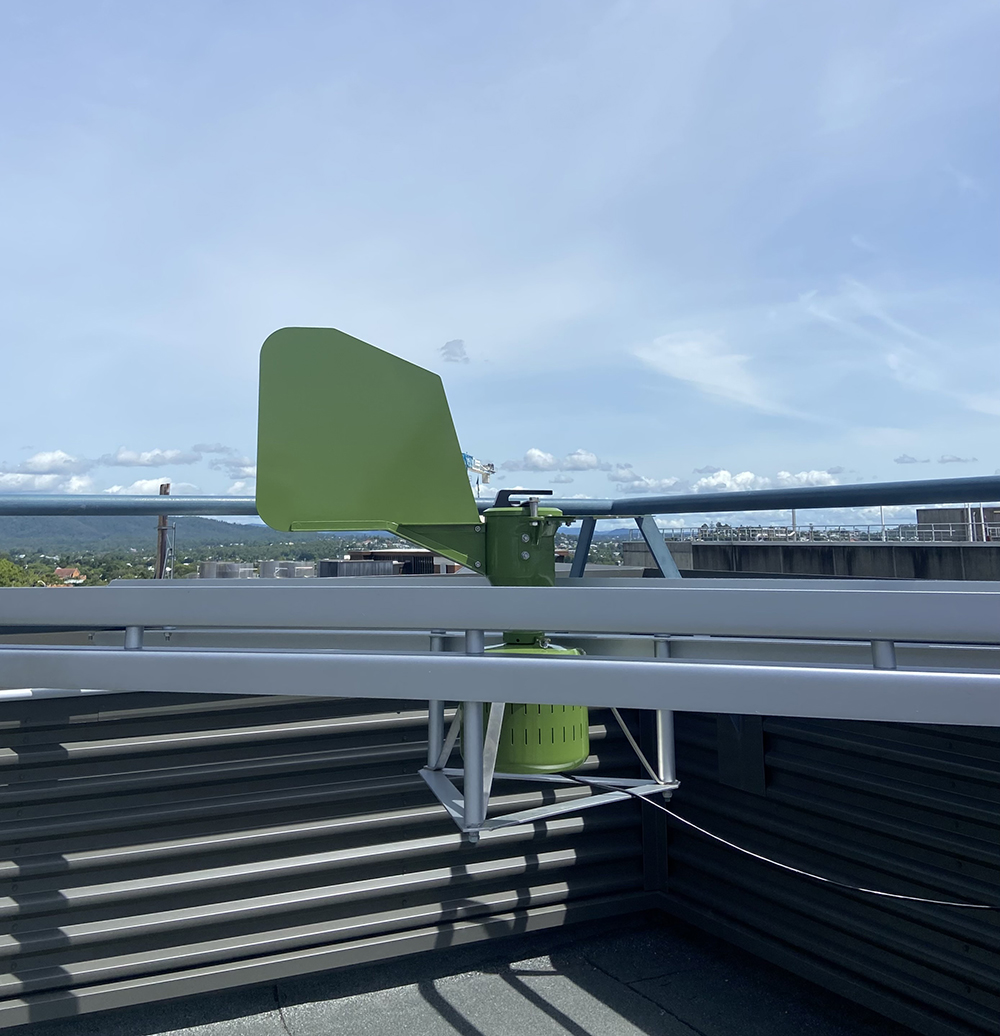 A/Prof Nicholas Osborne leads the Environmental Epidemiology team at QAEHS. This research aims to contribute to advancing understanding of the impact of physical, chemical, biological, social and economic factors on human health.
A/Prof Nicholas Osborne leads the Environmental Epidemiology team at QAEHS. This research aims to contribute to advancing understanding of the impact of physical, chemical, biological, social and economic factors on human health.
A/Prof Osborne and his team aim to advance understanding of how human health is affected by numerous factors by drawing on epidemiologic methods to undertake research to influence policy and improve the health and wellbeing of Australians and the wider international community.
Meet the Environmental Epidemiology research team.
Environmental risks such as pollution, radiation, occupational environment, climate change and chemical exposure, can cause certain diseases. It is important to understand the impact these environmental risks to effectively mitigate and manage them.

Air quality is a strong predictor of respiratory health. In comparison to traditional sources like industry, transport, open burning, bushfires and power plants, the contribution of plant pollen is not well studied in the sub-tropical/tropical climates. Knowledge of species and amount of pollen in the air is essential to accurately predicting episodes when respiratory disease burden would be high and allowing for focused public health efforts. Our current research investigates pollen in the air in Brisbane, Australia and Delhi, India to determine the fluctuations across seasons and time of day, as well as pollen species and their relationship to human health outcomes.
Allergic diseases such as hay fever, eczema, hives, asthma and food allergies are some of the most prevalent chronic health conditions in the world. This research is investigating a number of environmental risk factors that can impact allergic diseases. One area of focus is to improve understanding of thunderstorm asthma episodes and their causes.
While the very specific weather conditions that are required to cause thunderstorm asthma (thunderstorms that occur in times of high pollen levels) rarely occur, the cause is not currently fully understood. The effect on the general population can be wide as people without diagnosed asthma can be affected. In 2016, Melbourne experienced a severe event, marked by a number of fatalities and high influx of people attending emergency departments in the state due to acute asthma onset during a single weekend.
Current Research Projects
A user-friendly digital prediction tool for dengue prevention
Current HDR Student Projects
Pollen and its Contribution to Respiratory Outcomes in Subtropical Regions
Food Allergy, Atopy and Asthma Risk is Affected by the Environment of the Child
Evidence has suggested that exposure to greenspace may provide wellness and health-promoting effects on a range of health outcomes. One way in which greenspace may positively influence health is via increased sun exposure leading to increased vitamin D levels with potential benefits for human health and wellbeing.
Within this research theme, a previous study focused on understanding how greenspace works by investigating the relationship between specific types of greenspaces, variation in greenspace exposure and vitamin D levels across the UK. The research explored the association between residential greenness and vitamin D levels, as well as examining the links between greenspace exposure, vitamin D levels and the risk of cardiorespiratory diseases, diabetes and obesity.
Another current study will use physiological biomarkers to assess the impact of greenspace exposures on a range of chronic diseases such as cancer and mental health. This will be done via a variety of epidemiological techniques such as system dynamic modelling and spatial autoregressive models.
Current HDR Student Projects
How Greenspace Works: Which Factors Deliver the Best Health and Well-being
We are pursuing research into climate change and the effects it can have on population health to ensure health systems will be prepared and strengthened to respond to and address the consequences.
The impact of land use changes, through urbanisation and the reduction of wild spaces, has the potential to influence disease patterns in our communities. With the rapid population growth and land use changes in South East Queensland we are expecting to see the emergence of new diseases. A specific study aims to examine how a changed landscape may alter the mix of diseases expected in the future. Identification of where chronic disease occurs and its relationship to the landscape and socioeconomic status of the population will allow examination of how health in populations change with long term trends including disease trends in areas undergoing rapid land use change.
Heat events are one of the direct impacts of climate change currently impacting public health. Physiological response to heat events depends not only on temperature, but also on humidity, wind, and radiation, and on the clothing pattern and working condition of the person exposed to heat. The mortality and morbidity burden of heat events vary across the tropics depending on the local and socio-demographic conditions. Existing knowledge on heat waves and heat wave warnings are derived from data in mild temperature zones. In this research theme, one study will examine the heat exchange between the human body and the surrounding environment and how that is influenced by climatic factors. Health and climate data from India and Australia will be used in this research to develop a heat mortality model.
Current HDR Student Projects
Spatiotemporal Evaluation of Human Heat-Health Vulnerability in Australia
Heat Events and Health Burden in the Tropics Because of Global Warming
Impacts of Land Use on Health: Understanding Landscape Nexus with Public Health
